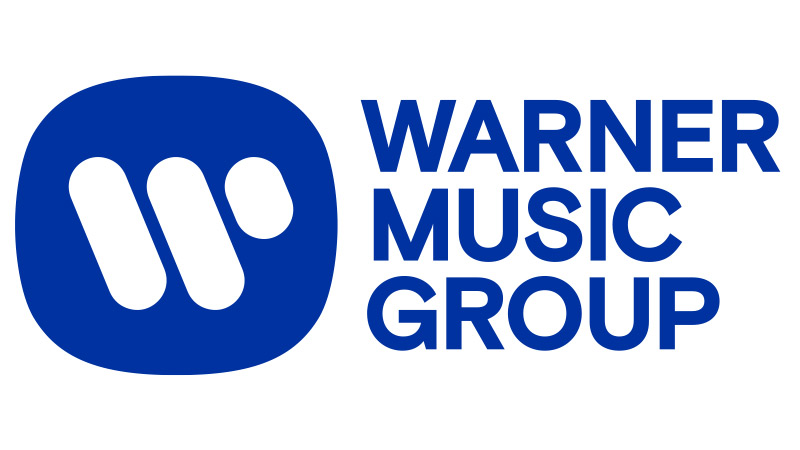
Warner Music Group Corp. today announced its third-quarter financial results for the period ended June 30, 2022.
“We delivered solid double-digit growth on a constant-currency basis, even against the backdrop of a slowdown in the advertising market and some one-time items affecting year-over-year comparisons,” said Steve Cooper, CEO, Warner Music Group. “In June, we saw the beginning of a new wave of amazing releases and we’re looking forward to a strong end to our fiscal year. Long term, we have the scale to best capitalize on trends in artist development, and the agility and resources to continue to propel the globalization and diversification of our business.”
“Our third-quarter results reflect the inherent resilience of our business that comes from our diverse portfolio of revenue streams,” said Eric Levin, CFO, Warner Music Group. “With significant runway ahead in our core streaming business and new growth vectors constantly emerging, we are incredibly bullish on our growth potential for many years to come.”
Revenue was up 6.9% (or 12.1% in constant currency). Growth in the quarter was unfavorably impacted by foreign currency exchange rates as the U.S. dollar strengthened. Revenue growth was driven by continued recovery of Recorded Music artist services and expanded-rights revenue, which was impacted by COVID in the prior-year quarter and increased 42.9% (or 55.7% in constant currency) in the quarter, as well as continued growth in Music Publishing performance revenue. Consistent with the prior two quarters, the quarter included the impact of a new deal with one of the Company’s digital partners affecting Recorded Music streaming revenue. Digital revenue increased 1.7% (or 5.7% in constant currency). Total streaming revenue increased 2.7% (or 6.5% in constant currency) primarily driven by growth in Music Publishing streaming revenue of 29.6% (or 34.6% in constant currency), which includes a benefit of $17 million resulting from a July 1 remand ruling by the Copyright Royalty Board in Phonorecords III upholding higher percentage of revenue U.S. mechanical royalty rates for 2018 to 2022 and reflects amounts expected to be paid (the “CRB Rate Benefit”). Recorded Music streaming revenue decreased by 1.0% (or increased by 2.7% in constant currency) primarily due to the impact of a new deal with one of the Company’s digital partners, consistent with the prior two quarters, and an $11 million catch-up payment from one of the Company’s digital partners that benefited the prior-year quarter (the “Catch-Up Payment”), partially offset by continued growth in streaming, which was affected by market-related slowdown in ad-supported revenue. Digital revenue represented 65.9% of total revenue in the quarter, compared to 69.3% in the prior-year quarter. The decrease in digital revenue as a percentage of total revenue is due to the growth of artist services and expanded-rights revenue and performance revenue. Revenue increases in the quarter were also driven by growth in Recorded Music licensing revenue and Music Publishing synchronization revenue. Recorded Music physical revenue was lower on an as-reported basis, but higher in constant currency. Music Publishing mechanical revenue was lower on both an as-reported basis and in constant currency, primarily due to the unfavorable impact of exchange rates.
As of June 30, 2022, the Company reported a cash balance of $345 million, total debt of $3.785 billion and net debt (defined as total debt, net of deferred financing costs, premiums and discounts, minus cash and equivalents) of $3.440 billion.
Cash provided by operating activities increased 79% to $163 million from $91 million in the prior-year quarter. The change was largely a result of timing of A&R investment, partially offset by other movements within working capital. Capital expenditures increased to $35 million in the quarter as compared to $20 million in the prior-year quarter, mainly due to investments in IT infrastructure and facilities, including the EMP fulfillment center expansion. Free Cash Flow, as defined below, increased 80% to $128 million from $71 million in the prior-year quarter.
Recorded Music revenue was up 3.2% (or 8.5% in constant currency) due to artist services and expanded-rights revenue growth of 42.9% (or 55.7% in constant currency), reflecting an increase in concert promotion revenue, which was disrupted by COVID in the prior-year quarter. Licensing revenue increased 1.4% (or 8.7% in constant currency), mainly due to higher synchronization and other activity, partially offset by the unfavorable impact of exchange rates. Digital revenue was down 1.7% (or up 2.2% in constant currency) and streaming revenue was down 1.0% (or up 2.7% in constant currency). Adjusted for the impact of the new deal with one of the Company’s digital partners and the Catch-Up Payment, Recorded Music streaming revenue was up 5.0% (or 9.2% in constant currency). Streaming revenue reflects continued growth, which was affected by market-related slowdown in ad-supported revenue. Digital revenue represented 67.4% of total Recorded Music revenue versus 70.7% in the prior-year quarter. The decrease in digital revenue as a percentage of total Recorded Music revenue is due to the continued recovery of artist services and expanded-rights revenue, which was impacted by COVID in the prior-year quarter. Physical revenue was down 5.4% (or up 1.7% in constant currency) primarily due to the unfavorable impact of exchange rates, which offset higher sales due to the success of new releases in Asia. Major sellers included Ed Sheeran, Dua Lipa, Tatsuro Yamashita, GOT7, Jack Harlow and Gunna.
Music Publishing revenue increased 29.6% (or 34.6% in constant currency). The revenue increase was driven by growth in digital, performance and synchronization revenue, partially offset by a decline in mechanical revenue. Digital revenue increased 27.4% (or 32.1% in constant currency) and streaming revenue increased 29.6% (or 34.6% in constant currency), reflecting the continued growth in streaming, the CRB Rate Benefit and timing of new digital deals. Adjusted for the CRB Rate Benefit, streaming revenue increased 13.9% (or 18.3% in constant currency). Digital revenue represented 58.8% of total Music Publishing revenue versus 59.8% in the prior-year quarter. The slight decrease in digital revenue as a percentage of total Music Publishing revenue is due to an increase in performance revenue as bars, restaurants, concerts and live events continued to recover from COVID disruption. Synchronization revenue increased due to higher television and commercial licensing activity. Mechanical revenue decreased primarily due to the unfavorable impact of exchange rates.
S: WMG



